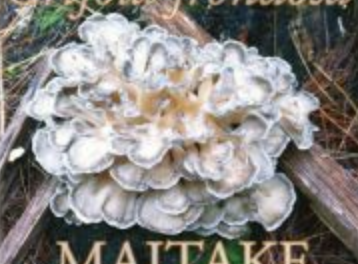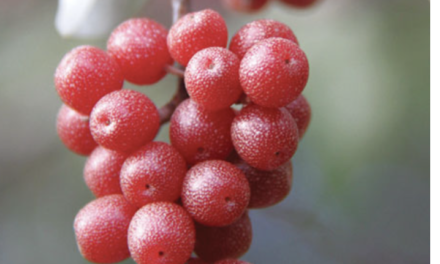Lost in the woods. Well, not really lost, just disoriented enough to cause concerns of ‘being ill-prepared’ without a map, water, and tick repellant. I may be exaggerating a bit, but our mushroom foraging foray did stretch out from a planned 20-minute walk to a two-hour trek! It was unsettling. To be lost. When was the last time you had to rely on your personal navigational skills to find your way? Sans GPS. It was a gentle reminder to educate ourselves on wilderness survival—if only the very basic of skills: navigation, foraging, cooking with fire, and first aid.
So we welcome you to our autumn edition where we are learning to fend for ourselves—just a bit. eSS&SC authors Suzette, Sally, and Paula escort us into the woods and onto the beaches where we forage for mushrooms, autumn olives, and beach plums, then cook them with confidence. We learn which wild edibles to harvest with restraint, and which to enjoy with reckless abandon.
From tick repellant to works of art, Michelle introduces us to Paul and Stephanie Camello of Queen Bee Honey. This affable couple have found a way to help preserve our bee population, make a living, protect us from the risks of tick-born disease, and beautify our community, all rooted in their love of beekeeping and appreciation of the ultimate forager: the honey bee.
We get a sense of history in the making as Julia visits with third-generation cranberry farmer Dom Fernandes, and learns how tradition, heirlooms, and antiques are balanced with innovation and ingenuity. Did you know that cranberries have been a farm product for only a bit more than a century? People have been eating them for millennia, but before cranberries were domesticated people foraged for them in natural bogs!
And we join Mike G. as he explores the issue of perfectly edible wasted food (as opposed to ‘food waste’ which sounds disgusting). We meet Doug Rauch of The Daily Table, as he ‘forages’ at stores and farms for opportunities to turn slightly bruised, about-to-expire and overripe produce into healthy, affordable dishes for those city residents with few fresh food options otherwise.
After enjoying this issue, please, take a walk in the woods. Keep an eye out for edible mushrooms and berries (and rely on a guide like Northeast Foraging, by Leda Meredith before tasting anything; see Couch Potato) but bring a map! And water. And Queen Bee’s tick repellant.
Eat thoughtfully,
Laurie Hepworth & Michael Hart






